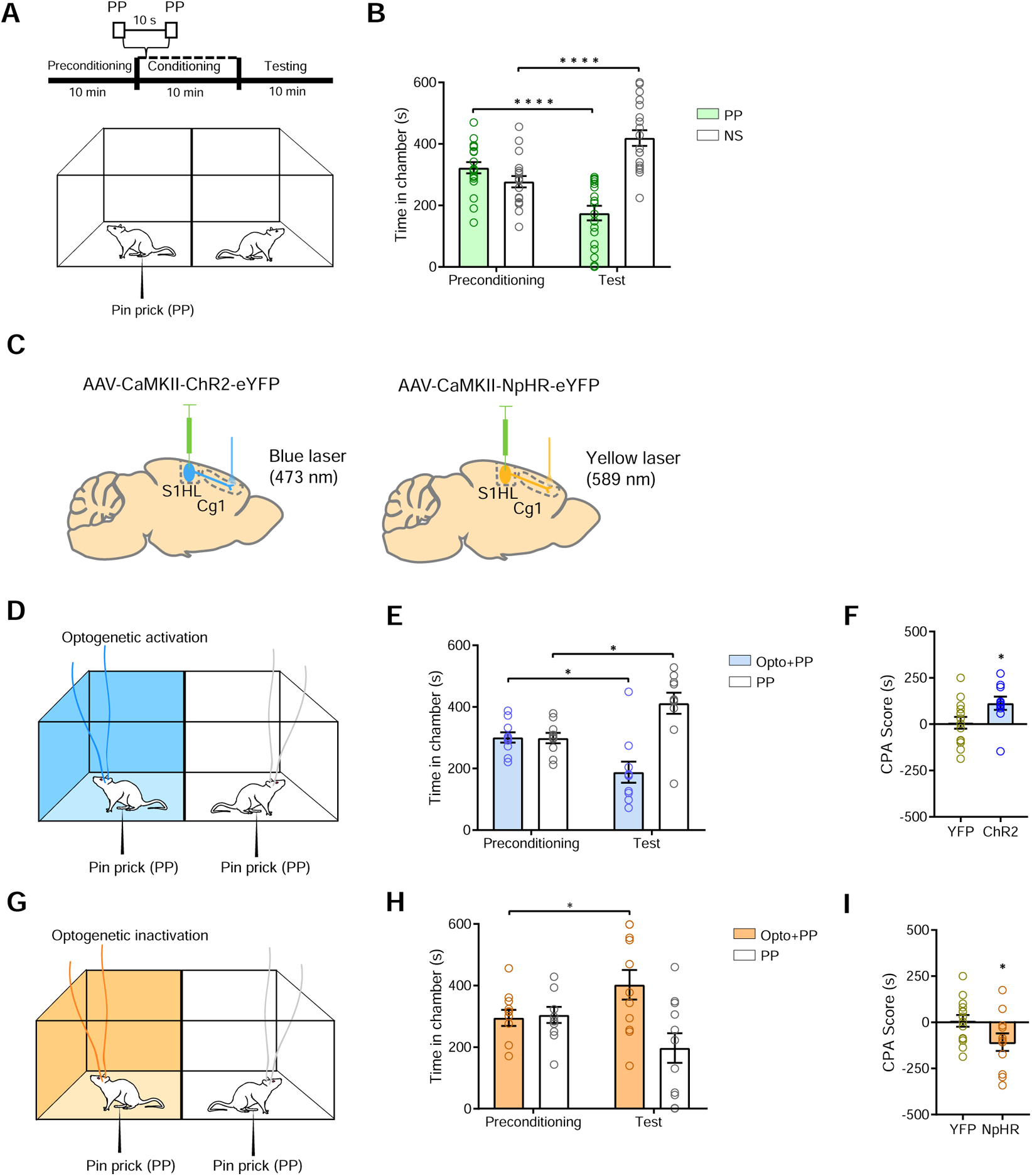Figure 2. S1→ACC projection regulates aversive pain behaviors.

(A) Schematic of the conditioned place preference (CPA) assay. (B) Rats display aversive response to acute mechanical pain. One of the chambers was paired with PP, the other chamber was not paired with a noxious stimulus (NS). n = 19; p < 0.0001, paired Student’s t test. (C) Schematic of injection of channelrhodopsin (ChR2) and halorhodopsin (NpHR) into the S1 hind limb (S1-HL), and insertion optic fibers into the ACC. (D) Schematic of CPA assay with optogenetic activation of the S1→ACC projection in the presence of PP. One of the chambers was paired with optogenetic activation of the S1→ACC projection and PP; the other chamber was paired with PP alone. (E) Rats avoided the chamber associated with S1→ACC activation, when presented with PP. n = 10; p = 0.0114, paired Student’s t test. (F) CPA score for S1→ACC activation in the presence of mechanical pain. n = 10–14; p = 0.0415, unpaired Student’s t test. (G) Schematic of CPA assay with inhibition of S1→ACC circuit. One of the chambers was paired with optogenetic inhibition of the S1→ACC projection and PP; the other chamber was paired with PP alone. (H) Rats preferred the chamber associated with S1→ACC inhibition, when presented with PP. n = 11; p = 0.0486, paired Student’s t test. (I) CPA score for S1→ACC inhibition in the presence of mechanical pain. n = 11–14; p = 0.0495, unpaired Student’s t test. Data represented as mean ± SEM.
See also Figures S3 and S4.
